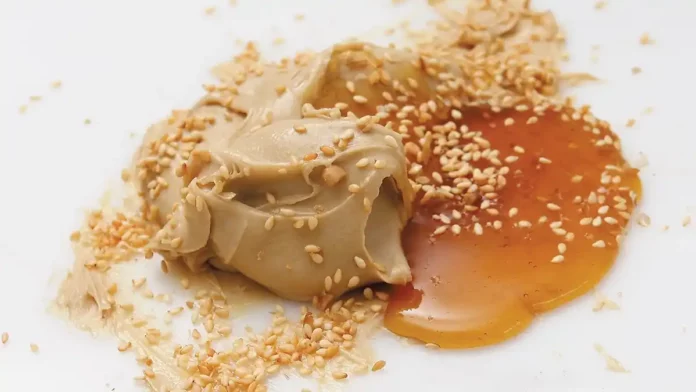
There are many ingredients that straddle this fine line between the dog days of summer and the start of the long-awaited fall season. But one in particular that comes to mind is tahini, with its earthy flavor that teeters on slightly bitter, yet creamy and lightly nutty.
With its long history across multiple cultures as a staple ingredient, what better way to celebrate this transitional period of the year than by learning all about this powerhouse of a paste and its humble origin, the sesame seed?
Sesame – The Predecessor
The sesame seed, though petite in size, has been celebrated by humans for thousands of years thanks to its savory taste and hefty nutritional value. It’s also one of the most vital ingredients in many cuisines around the world. So, who discovered sesame, such a magical ingredient?
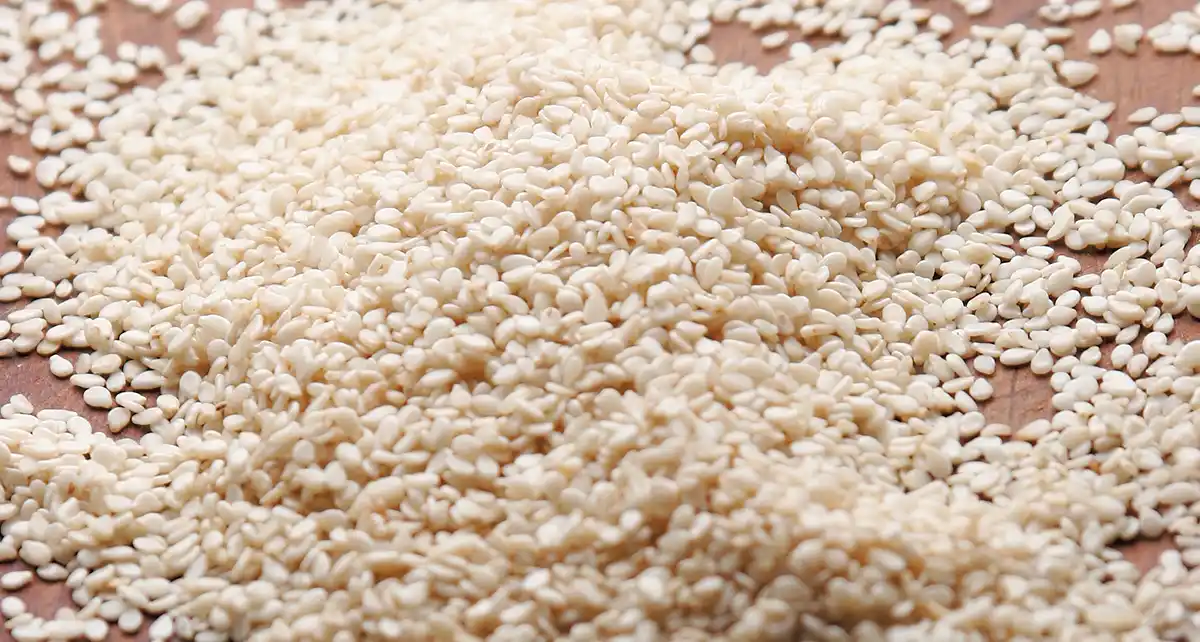
Wild sesame, first grew in Africa, and was discovered and consumed by humans who hunted in and around the savanna area. Sesame seeds became a source of oil, protein, and minerals, and as a result, sesame followed the human migratory patterns and began to spread widely. It moved from the African savanna to the Sahara Desert, ending up in ancient civilizations in Egypt and Mesopotamia, then into Europe and Asia.
Sesame seems to have first appeared in ancient Egypt and Mesopotamia around 4000 to 3000 BC, with sesame oil found in cooking, medical treatments, cosmetics, and even as a preservative for mummies. Sesame was considered ‘God’s crop’ – they believed sesame possessed mysterious power in spite of its tiny size.
From there, sesame moved through the region via trade activities and found its way to Ancient Greece and Rome. The ancient Greeks used sesame seeds to develop the world’s first energy bar, a popular snack called pasteli that was considered to be food for warriors.
The Greeks made pasteli by mixing sesame seeds and honey into a flat cake, then baking the cake until it hardened. This was an easy snack for warriors to pack and eat in battle camps or when traveling. The ancients believed pasteli would give their warriors extra strength and pleasure, helping them fight longer and harder.
Historically, the oldest mention of tahini appears to be in a 13th century Arabic cookbook, Kitab al-Tabikh, where tahini itself is referenced as an ingredient for hummus.
Before the Paste, there was the Oil
When I was a young girl, twice a year, my father would travel to the northern city of Thessaloniki, always returning with two large tins of sesame oil, as well as tins of tahini, and sesame seeds from Haitoglou, a native brand of Greece. This is absolutely the best sesame oil and tahini you can find, even today, because the company, Haitoglou, only makes it from scratch, using the high-quality sesame seeds grown on its farm.
This was the only other oil, besides olive oil of course, that my family would use to cook. My yiayia (grandmother in Greek) and my Aunt Maria would make a delicious dessert from sesame seeds and honey called sisamopites that all the children in my neighborhood would ask for—this was our Greek version of candy, but much healthier and more delicious than traditional sweets!
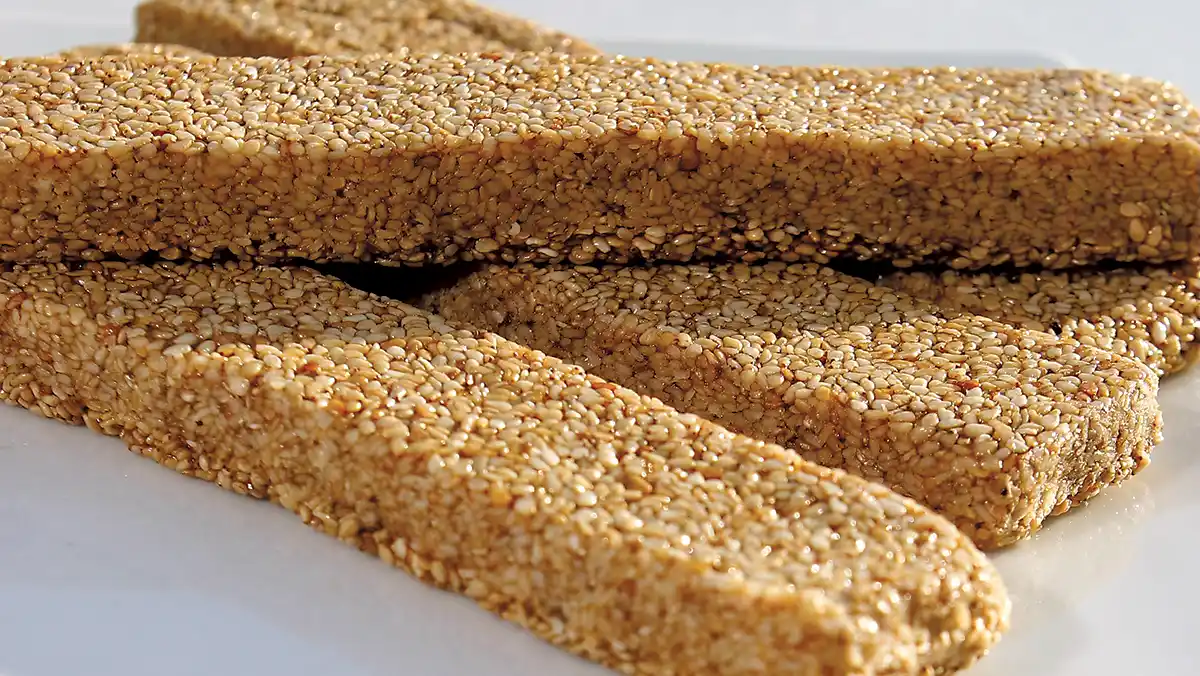
Yiayia also used to make a mask with the tahini, mixing some sesame seeds in there as well as an exfoliant, and some honey too. I always thought it smelled so good, and I wanted to be just like her, so she would put a little on my face. When she wasn’t looking, I would use my finger to wipe it from my face and lick it off! This mask left her skin looking incredibly dewy and supple, and I always wanted to emulate her so my skin would look the same…but there was only one time a year I was allowed to do this…
There was an annual festival in Patras, just across from where I grew up in the Peloponnese, where they would have a carnival celebration, and people would dress up wearing masks to hide their faces. My family didn’t have the money for special costumes and masks, so I got creative! I would make the same mask that my yiayia made – mine with extra honey though so it would be stickier, and I would affix little leaves and flowers that I could find to it, so that I would look like a little woodland nymph, like in mythology for the festival, and no one would recognize me!
Health Benefits…
Now, while my yiayia’s mask was a surefire way to keep her skin looking amazing at any age, the benefits of sesame seeds, paste, and oil span far beyond cosmetic applications.
Tahini is full of healthy, monounsaturated fats, as well as vitamins and minerals, and antioxidants – in particular sesamin and sesamol, which may reduce the risk of chronic diseases such as type 2 diabetes and heart disease, as well as have anti-cancer effects.
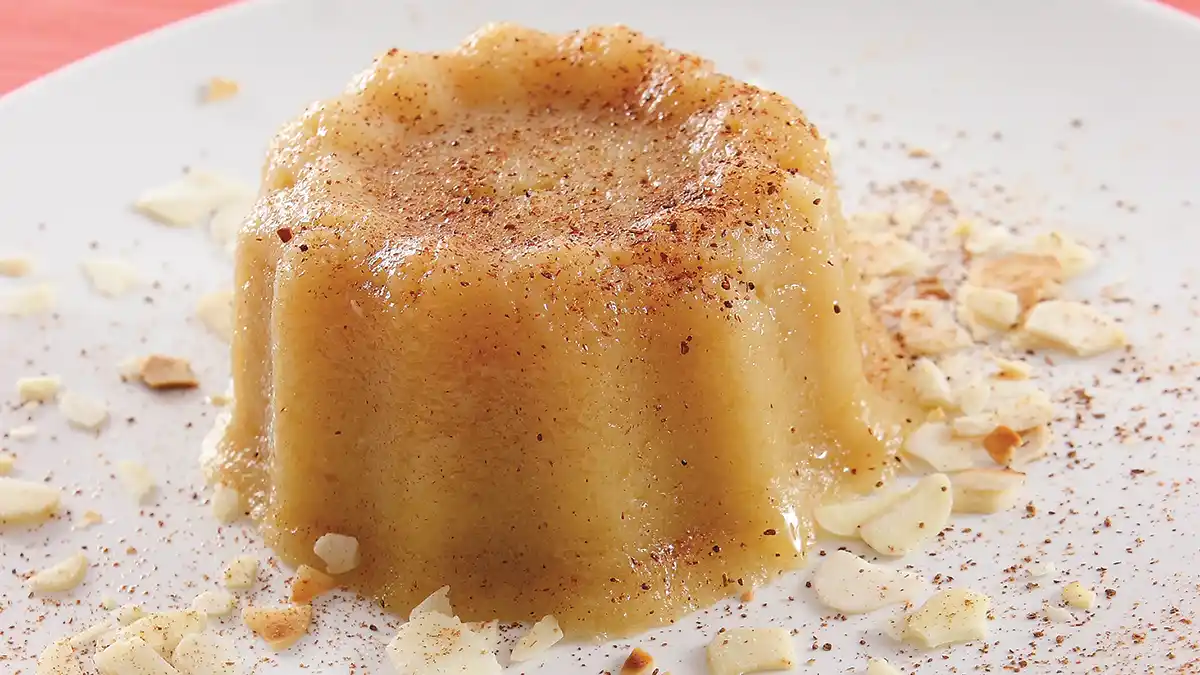
Sesame seeds and sesame oil also have some anti-bacterial qualities and anti-inflammatory qualities, which may reduce the inflammation related to conditions like asthma, lung disease, and rheumatoid arthritis. They also have the potential to help protect liver and kidney function.
Of course, always ask your doctor before incorporating new foods into your diet.
The Magic of Tahini
There are many qualities that tahini possesses which make it a prime ingredient across world cuisines – as a derivative of the sesame seed, it can be found throughout Mediterranean, Middle Eastern, and North African cuisines, as well as throughout Asian cuisines (including Chinese, Korean, Japanese, and Indian) as sesame paste.
Tahini can be a thick paste, akin to a sesame seed butter, or it can be thinner, like a sauce, and as such can be used in a myriad of ways in these different cuisines. Perhaps what is most appealing about it is the ability to add a creaminess to foods while still being vegan.
To make tahini paste, traditionally sesame seeds (usually white, but black can and are used as well) are soaked in water and then crushed to help the kernel separate from the bran. The bran will sink, while the kernels will float and are skimmed off the top before being toasted and ground into a paste. Sometimes the kernels aren’t toasted before being ground, which is considered ‘raw tahini’.
With its creamy texture, nutty yet slightly bitter flavor, tahini is a staple across Middle Eastern cuisines. It not only refers to sesame paste, but to a ubiquitous sauce made from tahini paste, water, lemon juice, garlic, and salt that is to Middle Eastern cuisines what ‘Ladolemono’ (lemon and olive oil) is to Greek cuisine.
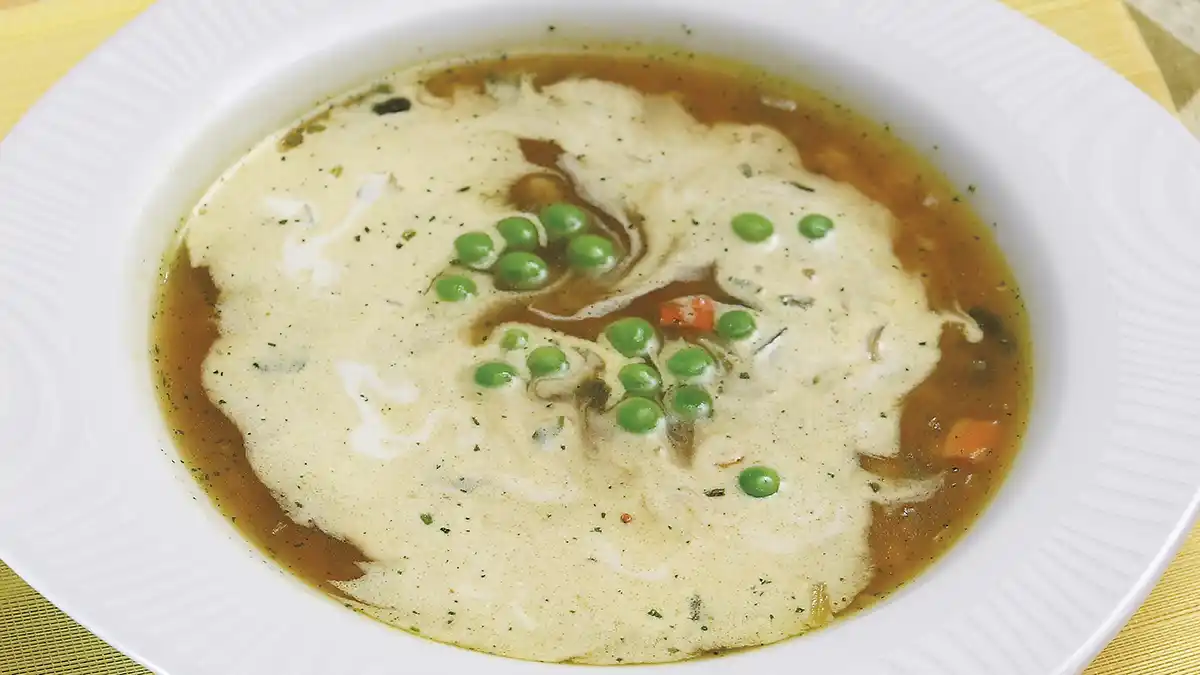
Sesame paste, or tahini, is also extremely useful in the traditional Mediterranean kitchen.
This creamy paste is a cornerstone of Greek cooking, used in signature dishes like hummus and some versions of melitzanosalata (eggplant dip), tahinosoupa (tahini vegetable soup), and halva, a nut-honey dessert. Tahini acts as a great substitute to spread on bread with some honey or jam, and can also be swapped for eggs in many sauces, a perfect trick when cooking or baking vegan meals.
You can also combine yogurt with tahini and use it for a plethora of things – as a sauce on its own, or as a marinade for all kinds of proteins, even vegetables! Tahini is great to make salad dressings as well. You can also combine tahini with chocolate or cocoa powder for a vegan ‘nutella’ style spread – use it for baking, on pancakes, or eat it right out of the jar – absolutely delicious!
Shake it Up!
My favorite? I love mixing it with cocoa powder and making a craveable drink out of it!
To make this delicious beverage, combine two tablespoons of tahini, 2 teaspoons of organic cocoa powder, 1 teaspoon of organic honey, and as much water as you like to bring it to the texture you enjoy – I suggest making sure it’s just enough water to make it drinkable, but not too much, as you’d like this to be thick! Mix everything together by shaking in a resealable container until fully combined, and pour over ice for a treat you’ll come back to time and again!

























